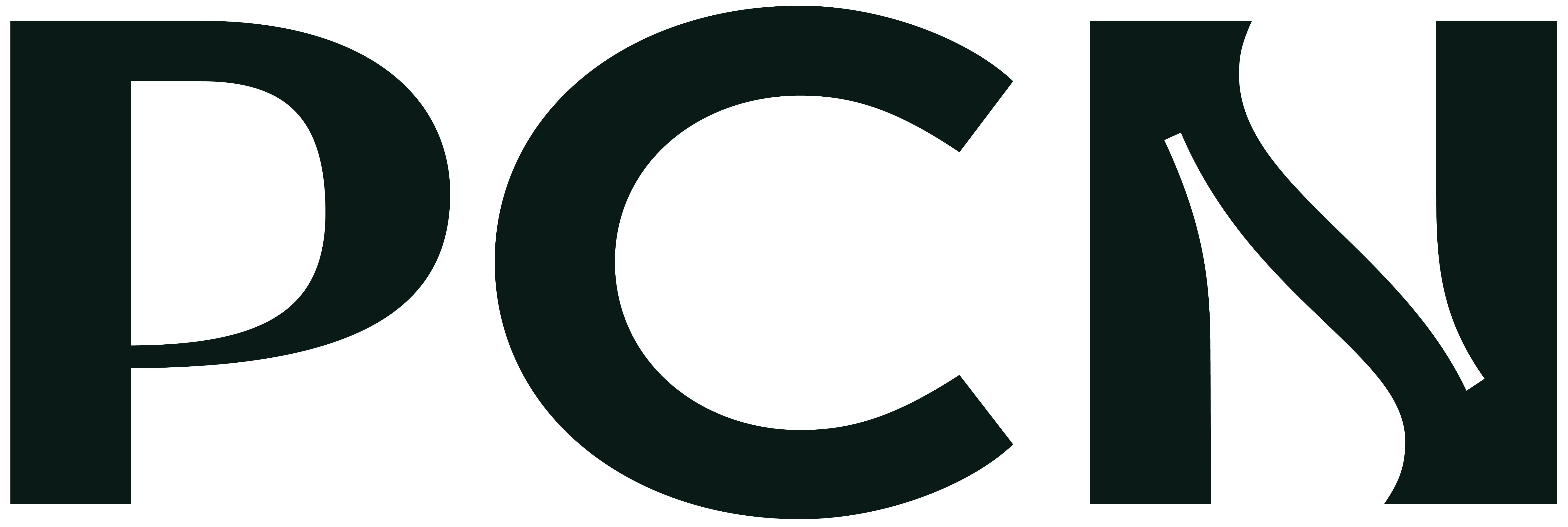In the post-covid era, as businesses started to seek a midway between working from home and returning to the office, hybrid workplace models began to shape how the organizational culture at work will function in the future. Fortunately, combining the right softwares with well-adjusted organizational leadership makes implementing a sustainable hybrid workforce strategy easier than it seems. If you are searching for bringing your employee satisfaction to the next level or decreasing your turnover rate, follow our guide to easily integrate hybrid working into your workplace.
83% of employees think that hybrid work culture is here to stay
Before getting into the perks of implementing hybrid working in your business, it is important to understand how it can improve your co-worker relationships. Compared to an on-site office environment, Owl Labs’ research shows that remote and hybrid workers are 22% happier and stay longer in their jobs with the help of this agile new way of working. However, one of the biggest pitfalls of working fully remote is known as the lack of human interaction during work. In the past few years, many employees reported that the rapid switch from onsite to remote work made them feel lonely and poorer in work-life balance. Therefore, finding the right balance between on-site and remote work appears as the best solution for the foreseeable future.
According to Accenture’s employee satisfaction survey, 83% of the people perceive the hybrid work model as the best of both worlds. They suggest that it provides better mental health, stronger working relationships, and less burnout than working entirely on-site or fully remote. Also from the employers’ side, attracting top talent is way easier within a hybrid workplace. It is a great way to boost your employer branding strategy by displaying a flexible forward-thinking culture. Then what does it take to transform your workplace into this new working culture? No matter if you are in the fintech, SaaS, e-commerce, or cybersecurity industry, Team PCN is here to provide you with the ultimate employer toolkit and handbook. By integrating these tools and easy tips into your organizational culture, you can easily create the optimal hybrid work policy for your business.
Complete your toolkit for cloud-based remote working
If you want to bridge the gap between your virtual and real work environment, first you have to make sure that both edges of this gap are resilient enough. Focusing on the biggest inadequacy of both sides can be a good start to determining the actions that need to be taken. Since you are dealing with the lack of human interaction in the virtual workspace, using all of the required softwares that sustain effective internal communication between team members is a crucial step. While choosing your tools, don’t forget to check if they can provide both internal and cross-team communication for your business. Some popular alternatives can be:
- Slack: Messaging app that supports direct messaging, threaded conversations, custom channels, and third-party integrations with other softwares like ClockWise.
- ClockWise: Optimizes your team’s daily schedule by providing insights on how to improve your time management skills.
- Trello: A collaborative project management board to organize tasks and track the progress of your ongoing projects.
- Notion: An online note-taking software that enables you to coordinate deadlines, objectives, and assignments for boosting efficiency and productivity at work.
How to structure a meeting in a hybrid working environment?
This sudden shift in working culture puts new demands on team leaders to support hybrid communication both online and in-person. In order to sustain the collaboration among team members who aren’t co-located, you need to be much more creative with sustaining effective networks and follow different communication strategies as occasion requires.
Since people started dealing with a new type of work stress called “Zoom fatigue”, one of the most frequently asked questions about leading hybrid meetings is whether it is better to keep the cameras on or off. According to Harvard Business Review’s report, the only thing that you need to avoid is doing a bit of both. You should stick with one or another for each meeting. Otherwise, it will create a disparity in the concentration among your team members making it more difficult for everyone to feel connected.
For personal or delicate meetings, or bonding and team building events where you give feedback, make constructive comments or introduce people to each other, it’s always better to keep the cameras on. The reason is that these meetings will require interpreting facial expressions and body language more. But for celebratory meetings, where people will keep applauding, laughing or loudly talking if some are virtual, it is better to keep everyone virtual as well. Therefore you need to join the meeting on your computer even if you’re in the office. Otherwise, it will be impossible for the virtual attendees to break into conversations and feel involved.
Attract new talents by hybrid working
It seems like this recent shift to hybrid working is going to be a permanent one. Then why not use it as an opportunity to restructure your organizational culture and business practices by providing a better work-life balance, less commute stress, and location independence to your employees? Unless you keep pace with this new way of working and offer your employees the opportunity of hybrid working in the future, this might impact your employee engagement negatively and cause more outflow of team members. If you’re new to this combination of the online and offline world and would like to attract top talents across borders, we’re here to help you with all your online hiring and onboarding needs. Book a consultation with us now and let’s see how we can turn this revolution for workplaces into an advantage for your business!

